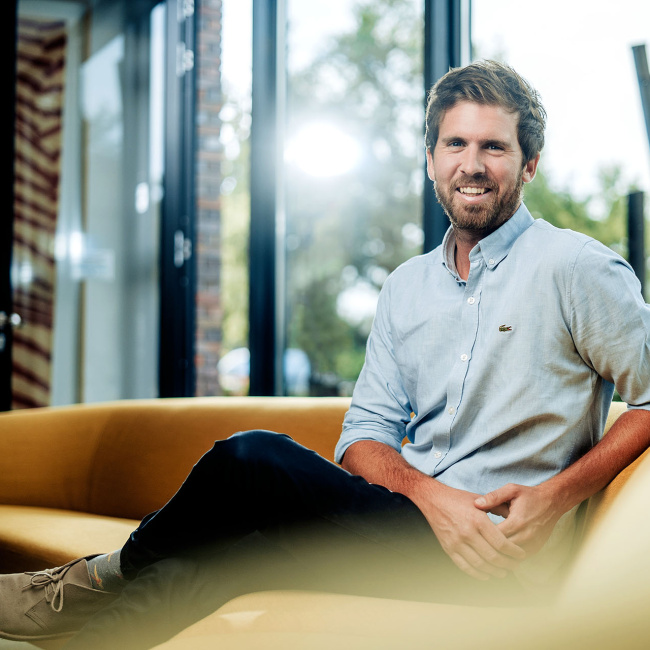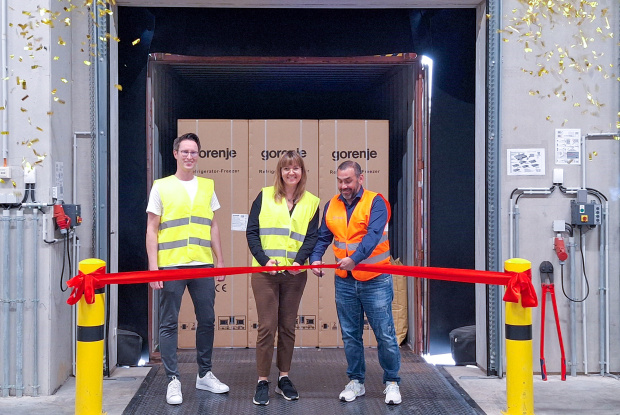Inner city: Impassable bottleneck or smart hub?

What does the city of the future look like? What role will inner cities play? Many people around the globe are tackling questions like these. One of them is the renowned Danish architect, Jan Gehl who has overseen urban development projects around the world. His conclusion: “A good city is like a good party – people stay longer than really necessary because they are enjoying themselves.”
And to achieve this, our urban centres need to change. New mobility concepts, progressing digitalisation and changing consumer habits put pressure specifically on the brick-and-mortar retail trade. “The problems existed long before Covid did. However, the crisis and here in particular, the lengthy lockdowns acted like an accelerant”, says Felix Koch, Strategic Project Manager City Logistics at Fiege.
Open platform for local retail trade
Tens of thousands of retailers have yet to connect with a digital supply chain. This is set against a population where over a third regularly orders online and will do so even more in the future. “Regional businesses in particular often lack omnichannel strategies and professionally organised logistics, which puts them at a disadvantage over the major online players”, Koch explains.
He and his team have therefore been on the lookout for innovative solutions. One of the places where they found what they were looking for was Shopdaheim, an online platform called to life by Thalia and Osiander almost two years ago to the day. Anne-Kathrin Talke, Head of Corporate Development & Business Process Management of Thalia Bücher GmbH, outlines their ambitions like this: “Customers want to buy both regionally and sustainably without having to miss out on digital services. For this reason, we combine the traditional strengths of the brick-and-mortar trade with the advantages the Internet has to offer and merge supply and demand via new channels.”
Fiege First Mile: Retail meets logistics
Fiege, itself a family business with strong roots to its Münsterland homebase, signalled being interested and came on board. The logistics experts from Greven devised a simple yet reliable logistical solution for Shopdaheim, as Felix Koch tells us: “The merchandise is usually picked up on the day it was ordered by the customer from the retailer’s shop and shipped as fast as possible to the customer. We use existing as well as local structures for this and design the delivery to be as resource-friendly as possible.”
This is precisely where one of the biggest challenges within sustainable city logistics exists. “Inner city infrastructures are stretched to the breaking point in many places in light of over four billion parcel shipments annually. We thus seek solutions which make traffic more efficient by merging transportation or using alternative means of transport”, says Koch. For the new shipping service, Fiege has been using a growing network of partners composed of alternative mail and courier service providers that are in any case on the road and can tie deliveries to collections. The shipments are then cross-docked for a Germany-wide distribution to the networks of affiliated service providers or remain within the region.
How to revive dying city centers?
With over 25,000 addresses, Shopdaheim already provides access to one of the big retail networks. Even service providers and restaurant offers are soon to be incorporated into the portal. Businesses can present their service offerings via their profiles while users take a digital shopping trip at the retailer of their choice. “Satisfied customers are returning customers. A strong connection between consumers and retailers will help us to make city centres attractive again”, Koch points out.
Which is why the plans are already going into the next stage: “As a logistics provider, solving problems is our daily bread. We want to bring different parties to the table, discuss a variety of concepts and – if possible – contribute our know-how.”



